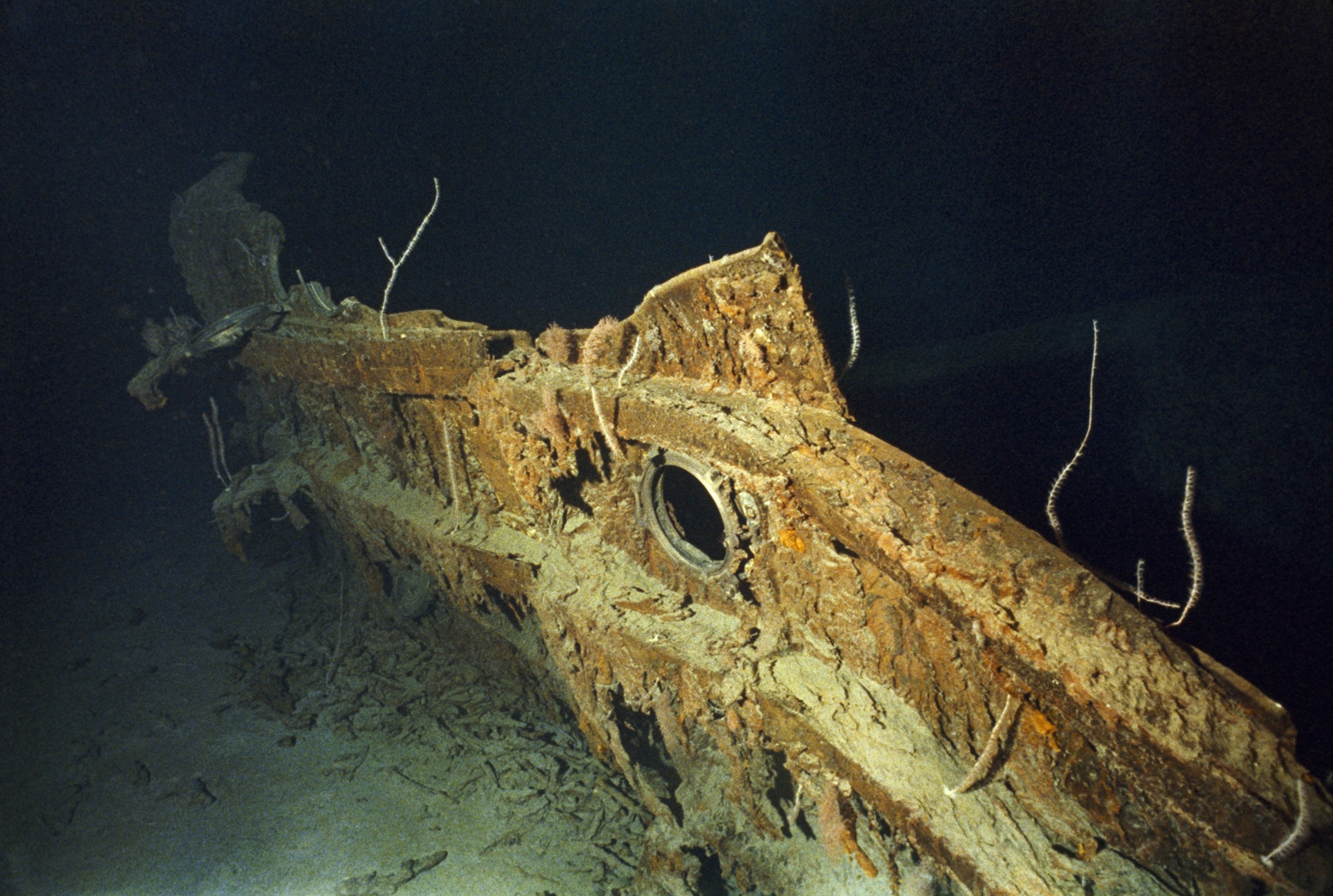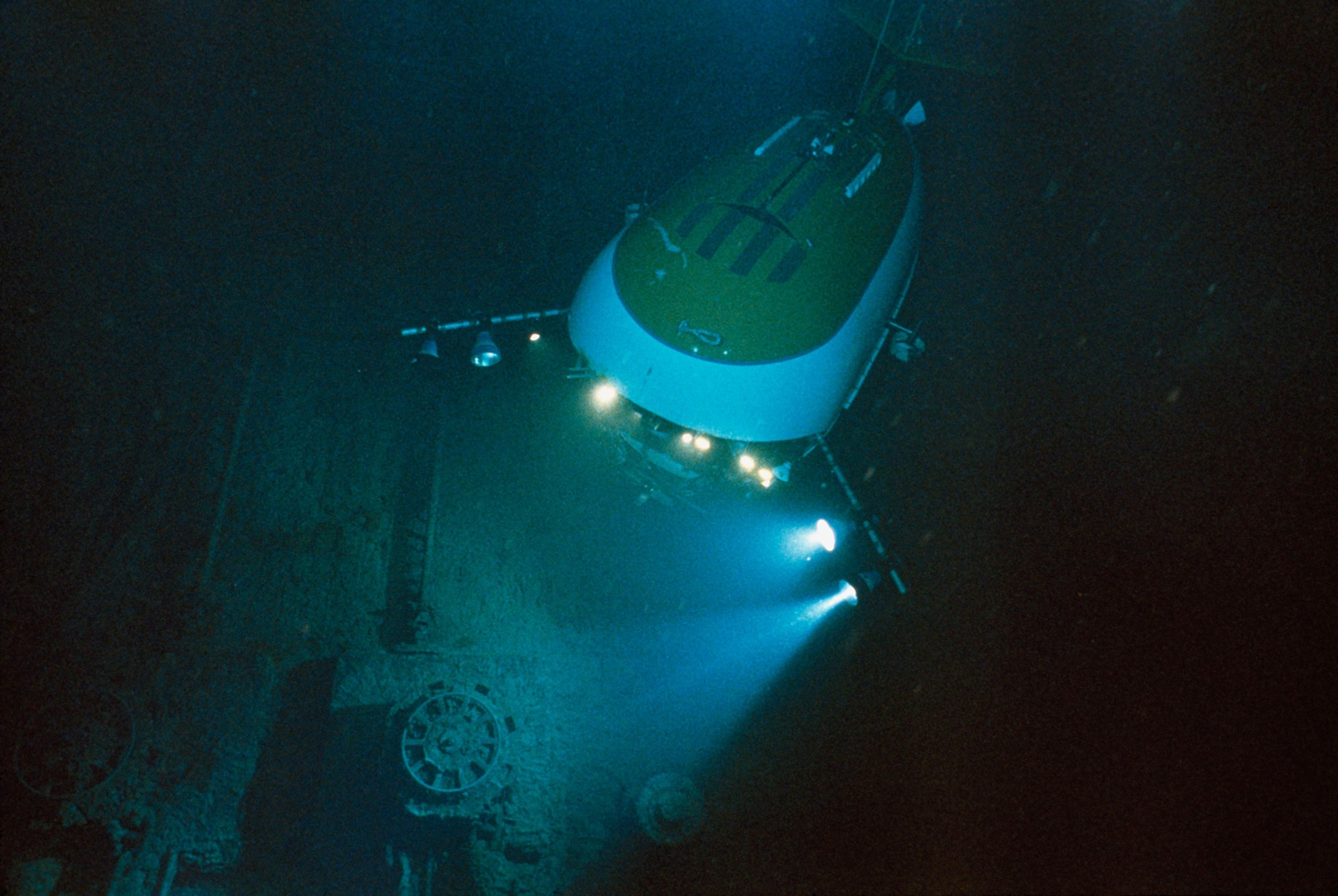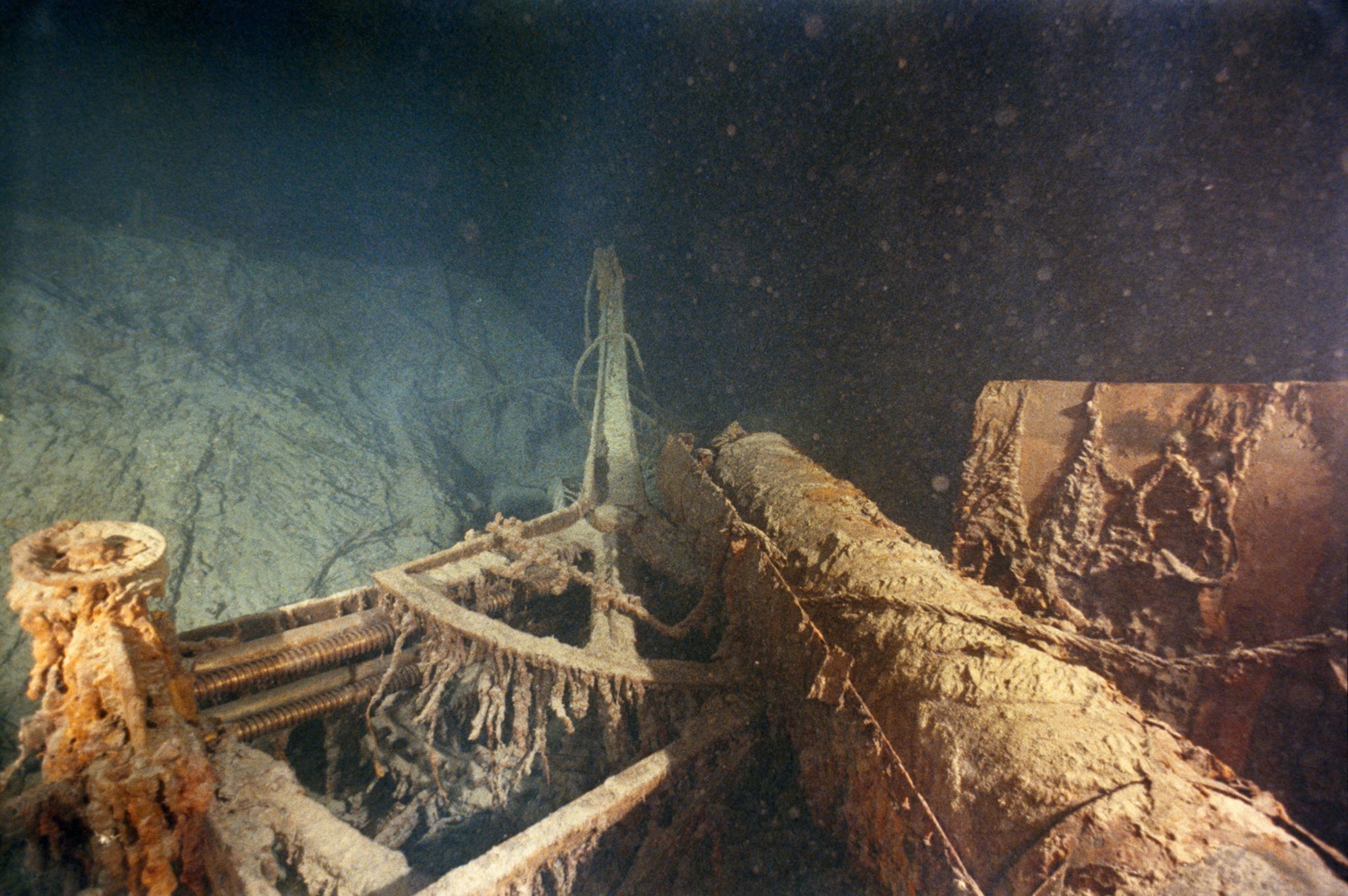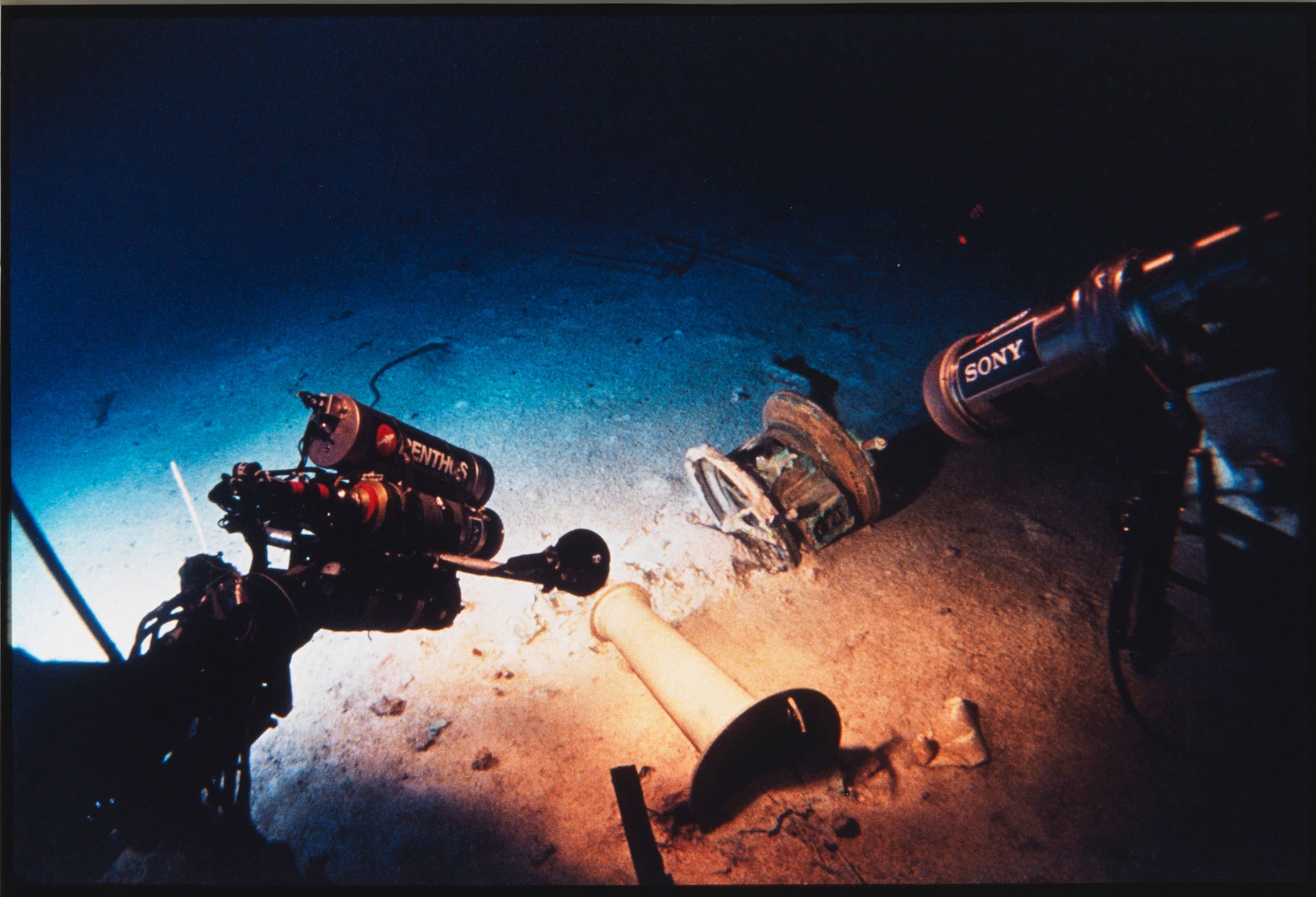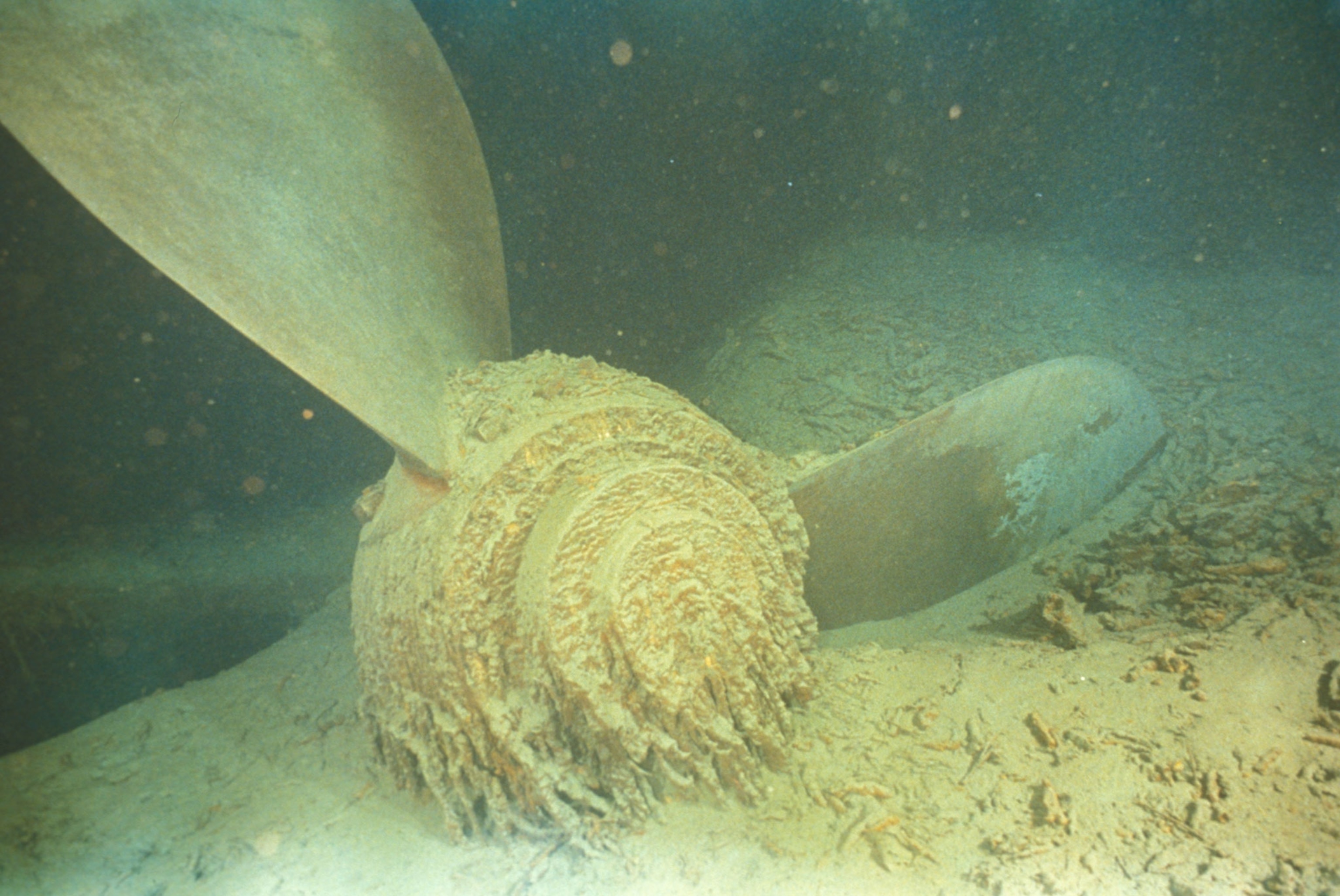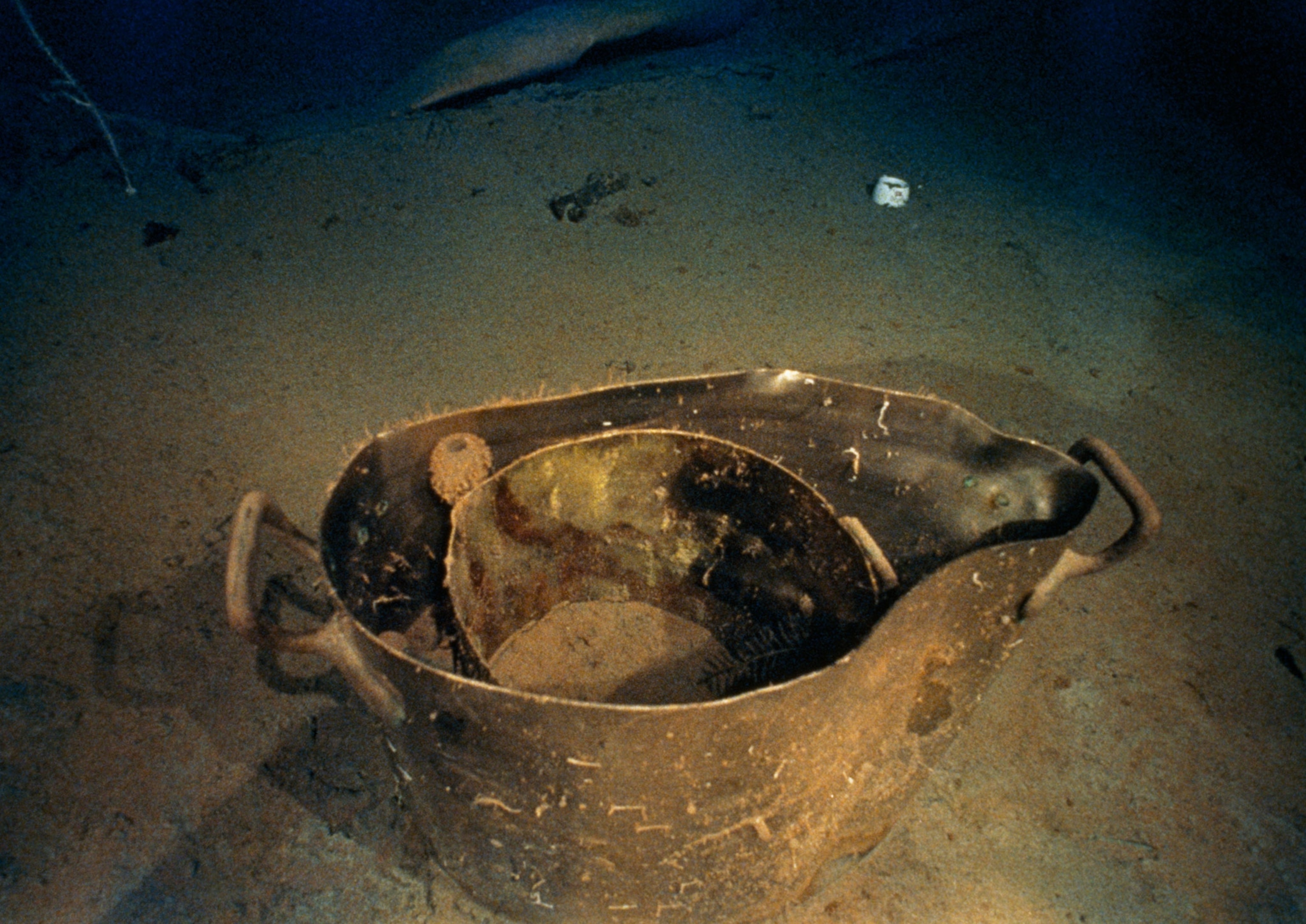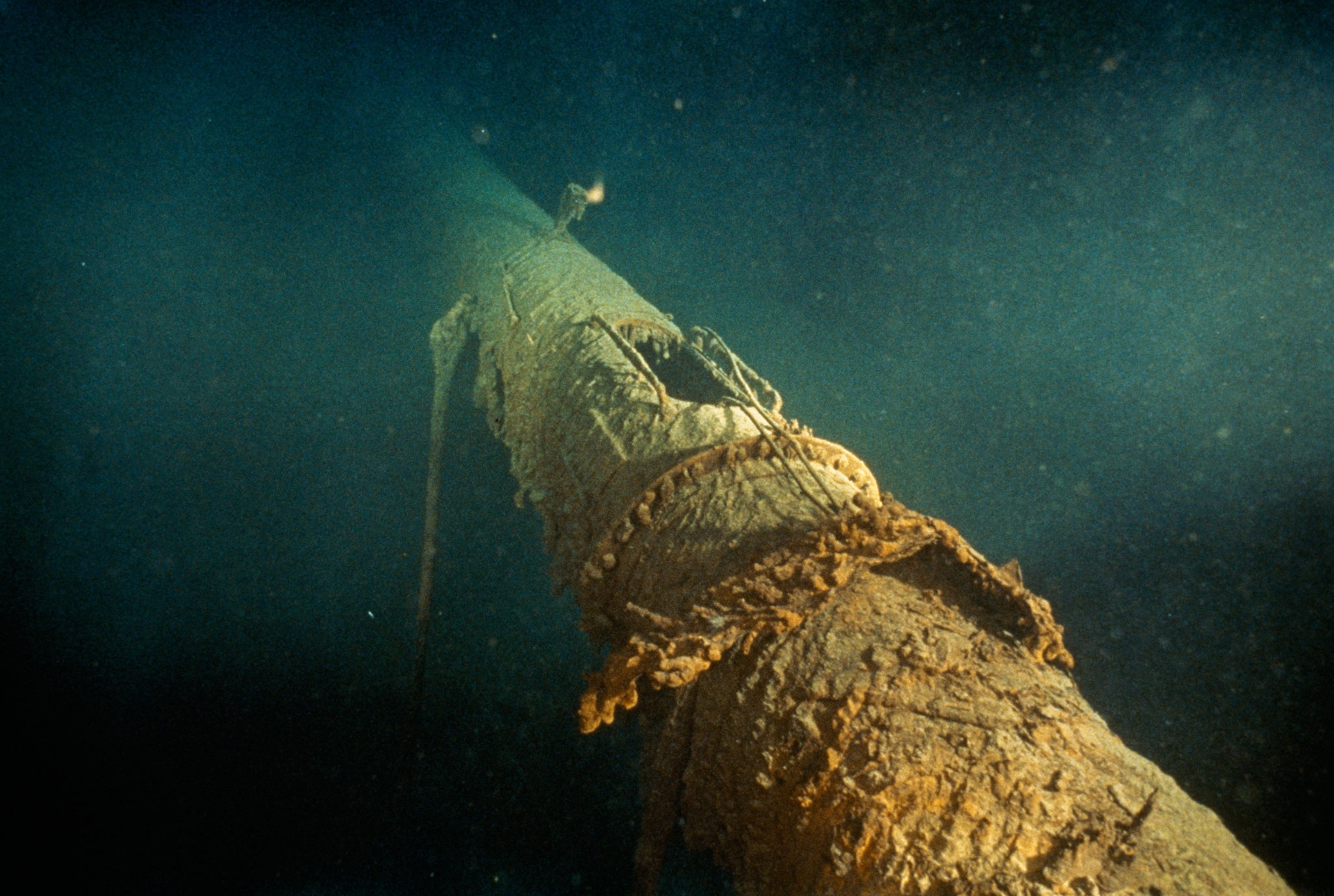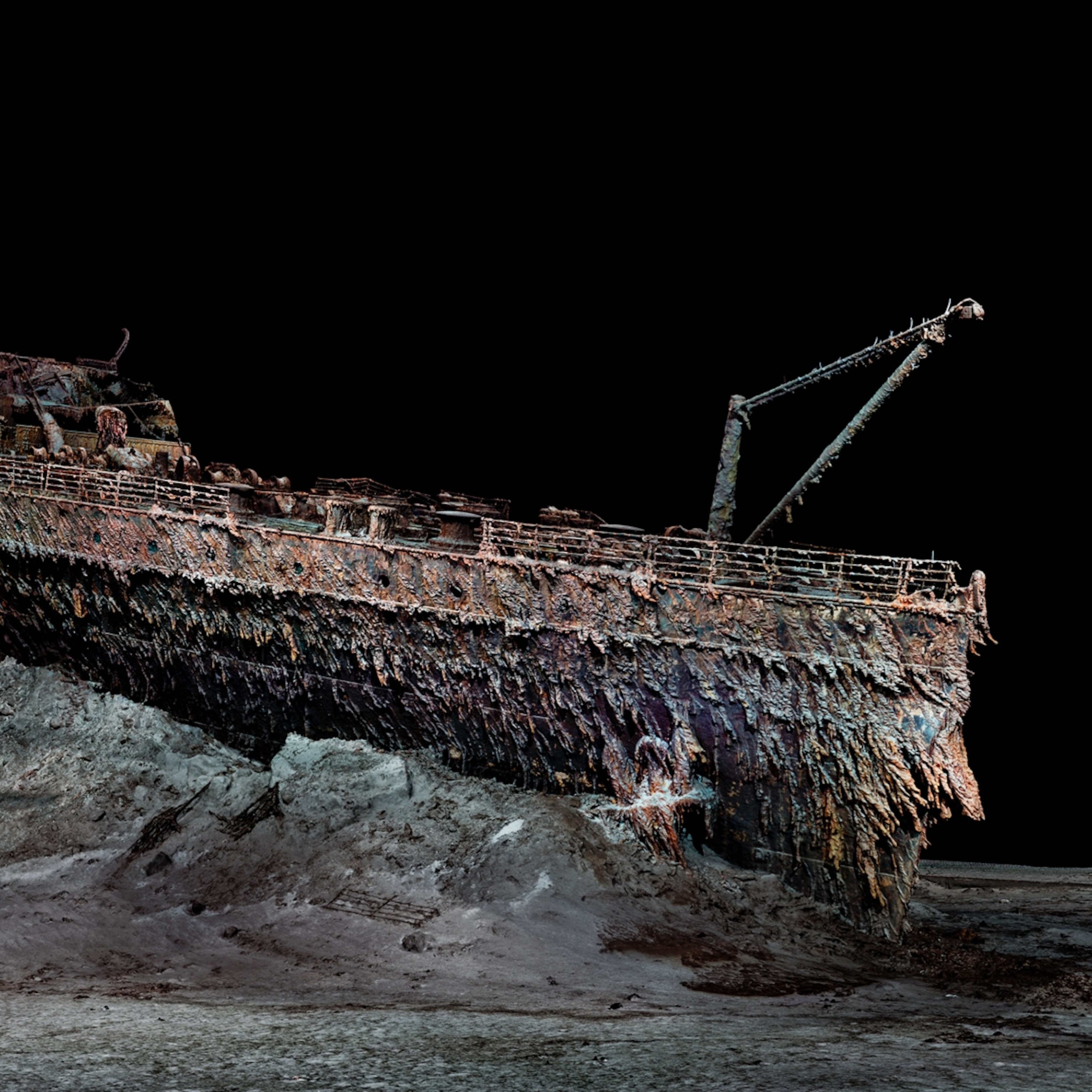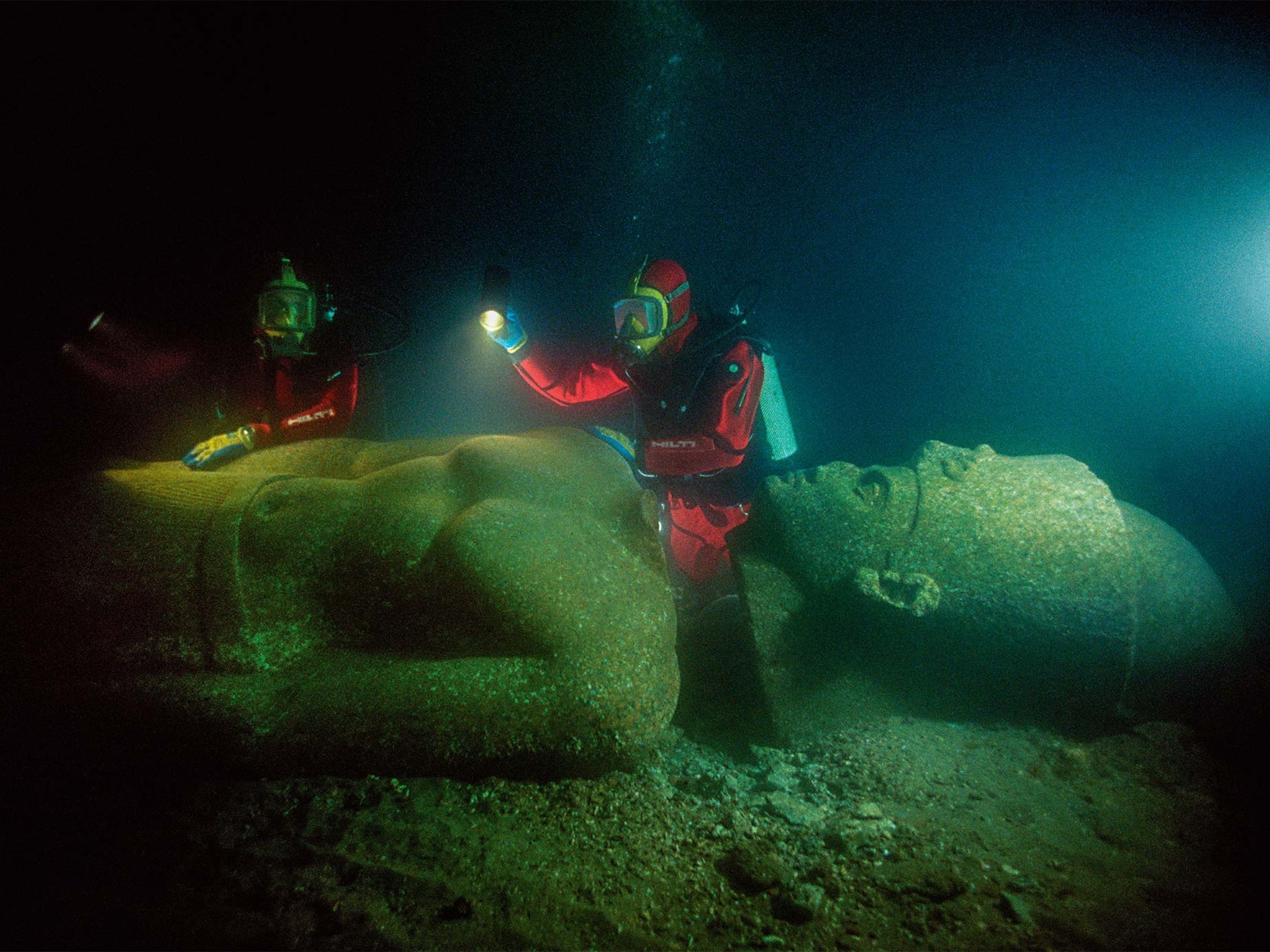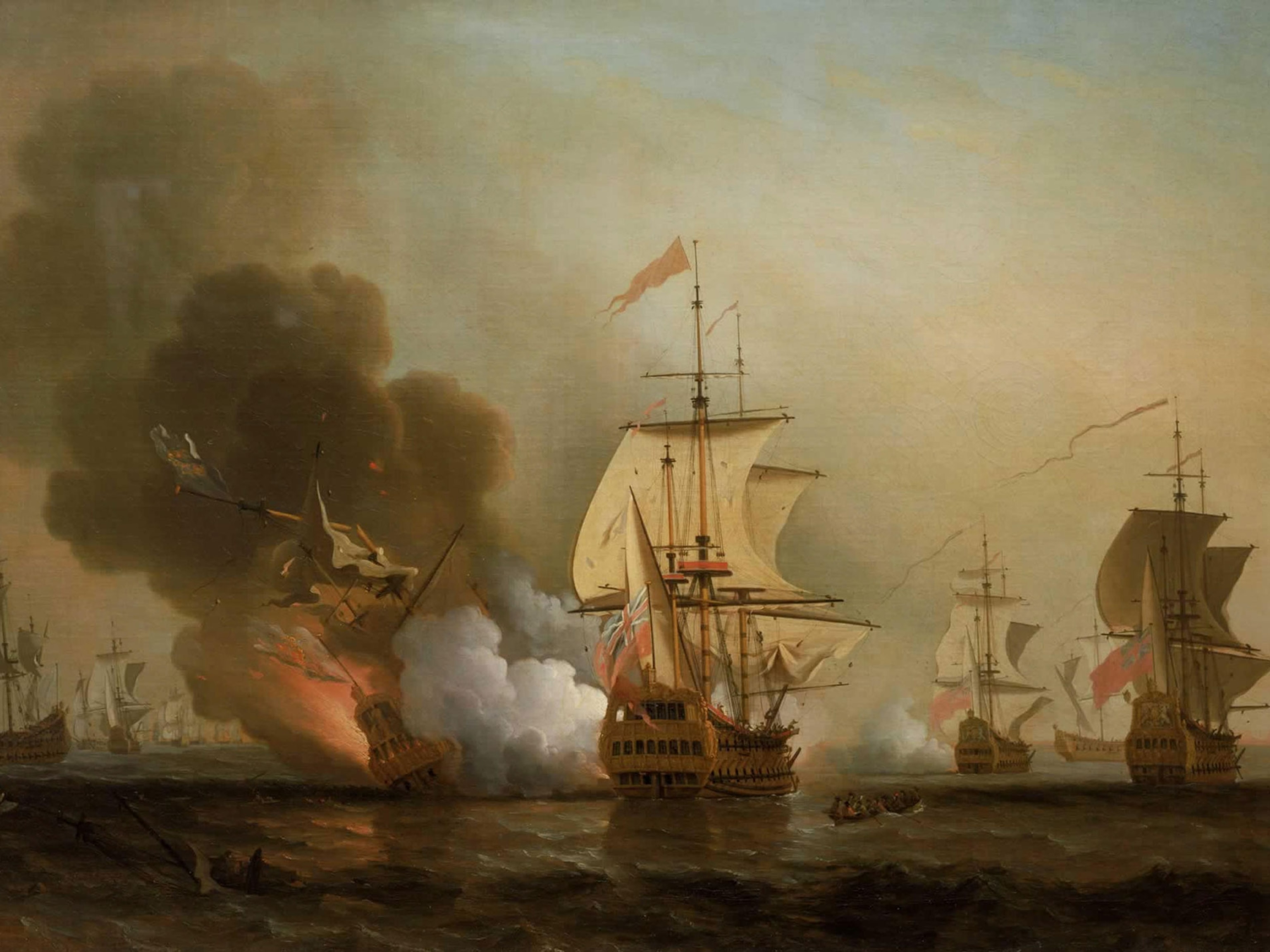What we’ve learned—and lost—since the Titanic wreck was found
The collapse of the railing from the ship’s bow—featured in the iconic scene of the film Titanic—is just the latest in the ongoing deterioration of the wreck.

In one of the most memorable scenes from James Cameron’s 1997 film Titanic, Leonardo DiCaprio stands on a recreation of the famous ship’s bow and declares “I’m the king of the world!”
Yet in August 2024, the U.S. company RMS Titanic, Inc. produced new pictures showing that a 15-foot-long section of the real bow’s railing had collapsed, marking a significant milestone in the disintegration of the historic wreckage.
Ever since the R.M.S. Titanic slipped below the icy waters of the North Atlantic on April 15, 1912, the disaster has attracted public interest. After the ship hit an iceberg, roughly 1,500 of the ship’s 2,200 passengers and crew perished.
The discovery of the Titanic wreck in 1985 has led to its own dramas about the conservation of historical disaster sites. Here’s how it has all unfolded.
1985: Titanic wreck discovered
After it sank, the wreck of the Titanic remained undiscovered for 73 years—but not for lack of interest in finding it. In 1914, an architect proposed trying to pull the wreck up with electromagnets. Various other proposals in the 1950s, ’60s, and ’70s either failed or never got off the ground.
Then, on September 1, 1985, a team led by U.S. oceanographer Robert Ballard finally spotted one of the Titanic’s boilers, which led them to discover the wreckage itself. The news made international headlines. However, the true story of how Ballard came to find the wreckage in international waters southeast of Newfoundland, Canada, remained a secret for many years.
Photos from a 1991 dive to the Titanic wreck
It turns out that Ballard, now a National Geographic Explorer-at-Large, was actually on a secret Cold War mission to investigate the wreckage of two U.S. nuclear submarines when he made the discovery. Although the search for the Titanic wasn’t a part of this mission, Ballard had told Navy officials that he wanted to look for the ship’s wreckage if he had time.
(He found the Titanic, but for Bob Ballard the search never ends.)
“The Navy never expected me to find the Titanic, and so when that happened, they got really nervous because of the publicity,” Ballard told National Geographic in an earlier interview about the mission. “But people were so focused on the legend of the Titanic they never connected the dots.”
1987 to 1997: Titanic ‘salvaging’ begins
In the Titanic’s immediate aftermath, rescue workers salvaged victims’ bodies and personal items that were floating at the surface of the Atlantic to send to their families. However, the 1985 discovery of the wreckage opened up new opportunities for people who wanted to “salvage” Titanic artifacts—an act that some people over the years have likened to looting a historical grave site.

In 1987, a U.S. business called Titanic Ventures Limited Partnership—the predecessor of RMS Titanic, Inc.—removed roughly 1,800 artifacts from the wreckage. To carry out the controversial expedition, it partnered with France’s national oceanography institute, IFREMER, which had assisted the U.S. Navy with Ballard’s 1985 expedition. The French government later recognized Titanic Ventures as the owner of those artifacts.
(James Cameron on what it's like to "ghostwalk" in the Titanic.)
In the early 1990s, the U.S. granted Titanic Ventures exclusive salvage rights to the Titanic. RMS Titanic used those rights to make additional trips to the wreckage in 1993, 1994, and 1996, obtaining approximately 2,200 more artifacts and drawing increased scrutiny. In 1997, the International Congress of Maritime Museums denounced an exhibition of these artifacts in Memphis, Tennessee, claiming RMS Titanic was not adequately conserving the Titanic wreckage and its artifacts.
Later that year, the film Titanic premiered. This generated even more public interest in the ship’s wreckage, which tourists soon began paying top dollar to visit.
1998 to 2012: Rise of Titanic tourism
In 1998, a British company called Deep Ocean Expeditions began selling $32,500 tickets to see the Titanic on an underwater submersible. RMS Titanic sued to stop them, claiming its exclusive salvage rights prevented another company from conducting these tours. The court sided with RMS Titanic, but an appeals court overturned the ruling in 1999, allowing Deep Ocean to conduct tours.
(Inside the Titanic wreck's lucrative tourism industry.)
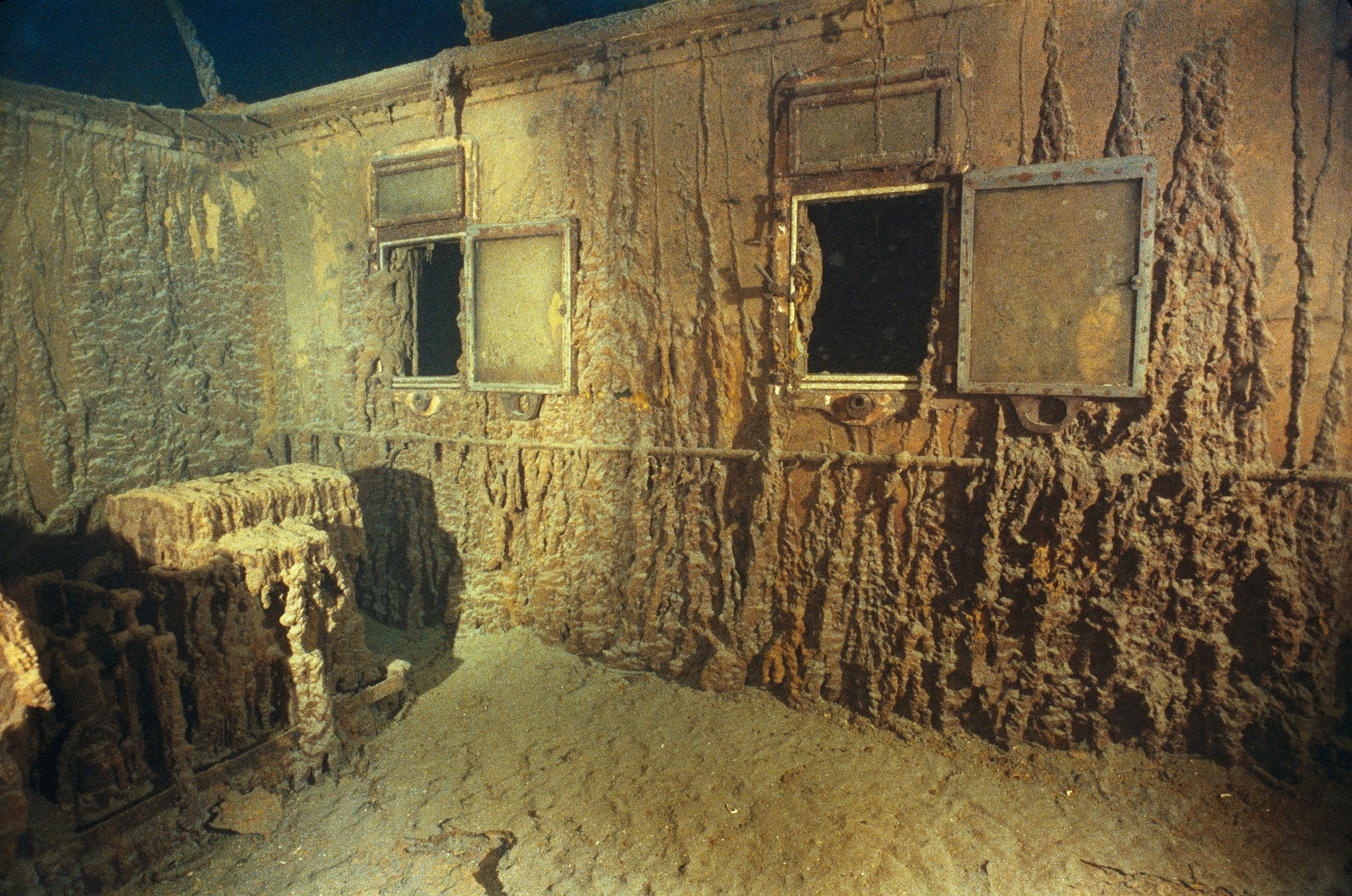
Others made tourist visits to the wreckage, too. In 2001, a U.S. couple got married in a Russian research ship while it hovered near the Titanic’s underwater deck. In 2002, the U.S. company Bluefish began offering tourists deep-sea dives into the wreck. Deep Oceans offered its last tour in 2012, the year marking the 100th anniversary of the disaster, amid calls by conservationists for Titanic tourism to stop.
“I have no problem with people going to the Titanic—I have a problem with people destroying the Titanic,” Ballard told National Geographic in a 2012 interview about the phenomenon. “We have smoking gun evidence of all kinds of damage. We have a photo mosaic of the ship before any submarines showed up, and [today] we can show you where they’ve landed on the ship. We can show you where they knocked the crow’s nest off.”
2010: Detailed archaeological mapping of wreck
In 2010, a group of government and private partners—including RMS Titanic and Woods Hole Oceanographic Institute in Massachusetts—set out to create a detailed archaeological map of the wreck to analyze the deterioration that had already happened, and determine how long it might last. A combination of natural factors (like microbes forming communities on the wreck) and unnatural ones (like human submersibles disturbing the crow’s nest) had already led to visible changes in the site.
(How new technologies revealed an unseen Titanic.)
“Some people think the bow will collapse in a year or two,” said Bill Lange, a director at Woods Hole Oceanographic Institution in a 2010 interview with National Geographic before the bow’s collapse. “But others say it’s going to be there for hundreds of years.”
2012: UNESCO protection
Once the Titanic wreckage turned 100 in April 2012, it qualified for protection under a UNESCO convention. This means states that have ratified the Underwater Cultural Heritage 2001 Convention can pass laws against pillaging, selling, or destroying Titanic wreck artifacts. They can also close their ports to vessels that violate the treaty.
However, the United States, the United Kingdom, and Canada never ratified the convention—and so controversies continued over tourism, salvaging, and ownership rights of Titanic artifacts.

2016: Fate of Titanic artifacts put in jeopardy
In 2016, RMS Titanic filed for bankruptcy, throwing the fate of the roughly 5,500 artifacts that it had collected over eight expeditions into jeopardy. Despite bids by museums to acquire the artifacts and make them available to the public, the company sold them to hedge funds for $19.5 million in 2018.
2023: Titanic tourism turns fatal
Titanic tourism also continued, despite concerns about how it was affecting the wreckage. The most infamous example is the June 2023 OceanGate Expeditions tour in which a submersible exploded, killing all five people aboard.
(Bob Ballard and James Cameron on what we can learn from the Titan explosion.)
Yet even this wasn’t enough to deter everyone from Titanic tourism: Nearly a year later, a U.S. billionaire announced his plans to visit the wreck in his own submersible.
2023: Digital replica
Also in 2023, scientists unveiled a new digital replica of the Titanic wreck, documenting the site in incredible detail. Although the ship had already deteriorated quite a bit since its 1985 discovery, this digital replica has already helped preserve something the real wreck has lost: the railing of the bow.
